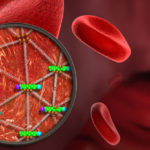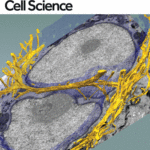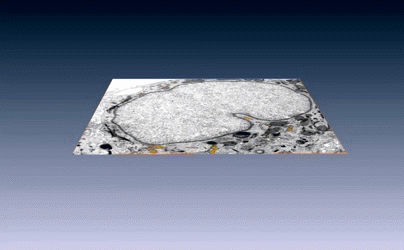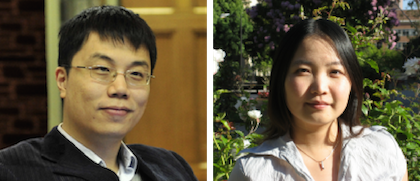Ke Xu, a faculty scientist in Molecular Biophysics and Integrated Bioimaging, has been awarded a NIH Director’s New Innovator Award as part of the National Institutes of Health’s High-Risk, High-Reward Research program. Supported by the NIH Common Fund, these grants catalyze “exceptionally innovative” biomedical research with “transformative potential” from early career investigators who have never received an NIH grant before. An assistant professor of chemistry at UC Berkeley, Xu develops new physical and chemical tools to explore biological, chemical, and materials systems at the nanoscale with extraordinary resolution and sensitivity. He takes a multidimensional approach that integrates advanced microscopy, spectroscopy, cell biology, and nanotechnology. Xu is among 89 New Innovator Award recipients for 2018. Each grant comes with $1.5 million in direct funds for five years.
Read more from UC Berkeley News.



 It provides the first visual evidence of a physical link by which genes can receive mechanical cues from its microenvironment.
It provides the first visual evidence of a physical link by which genes can receive mechanical cues from its microenvironment. 





